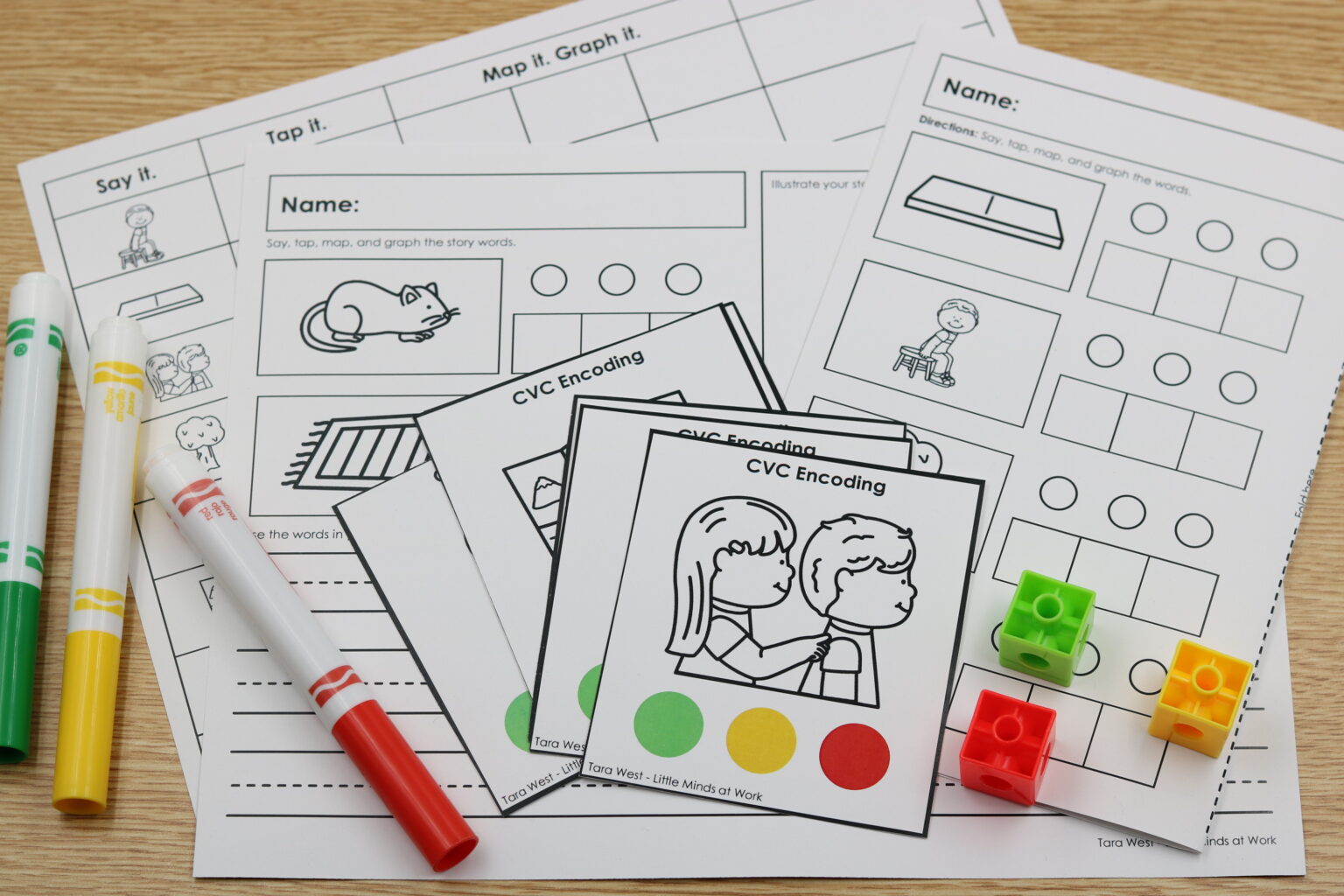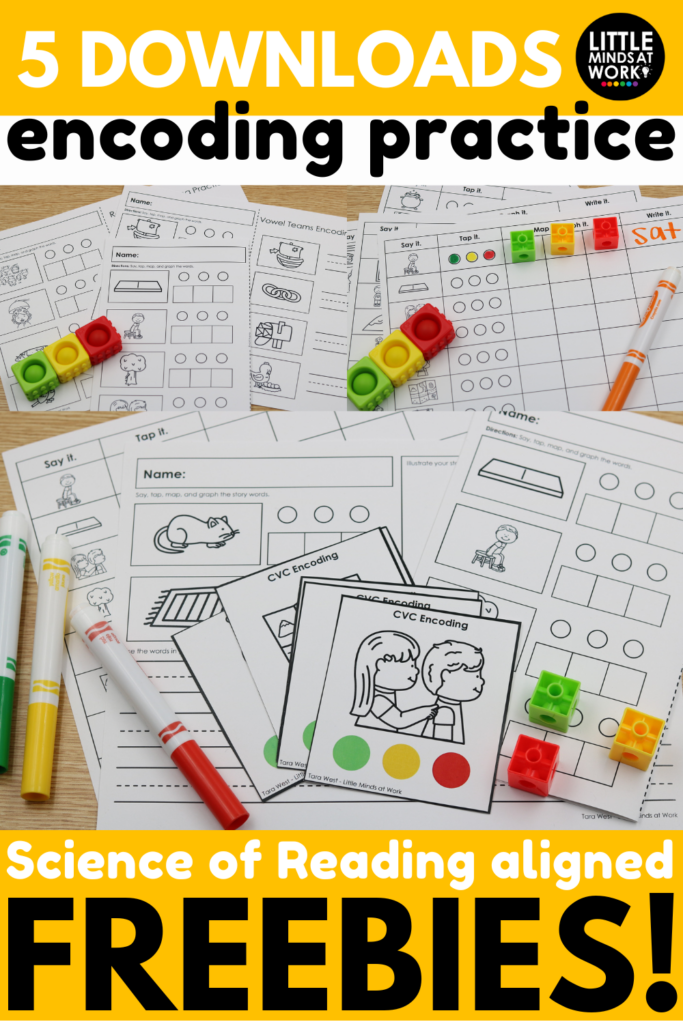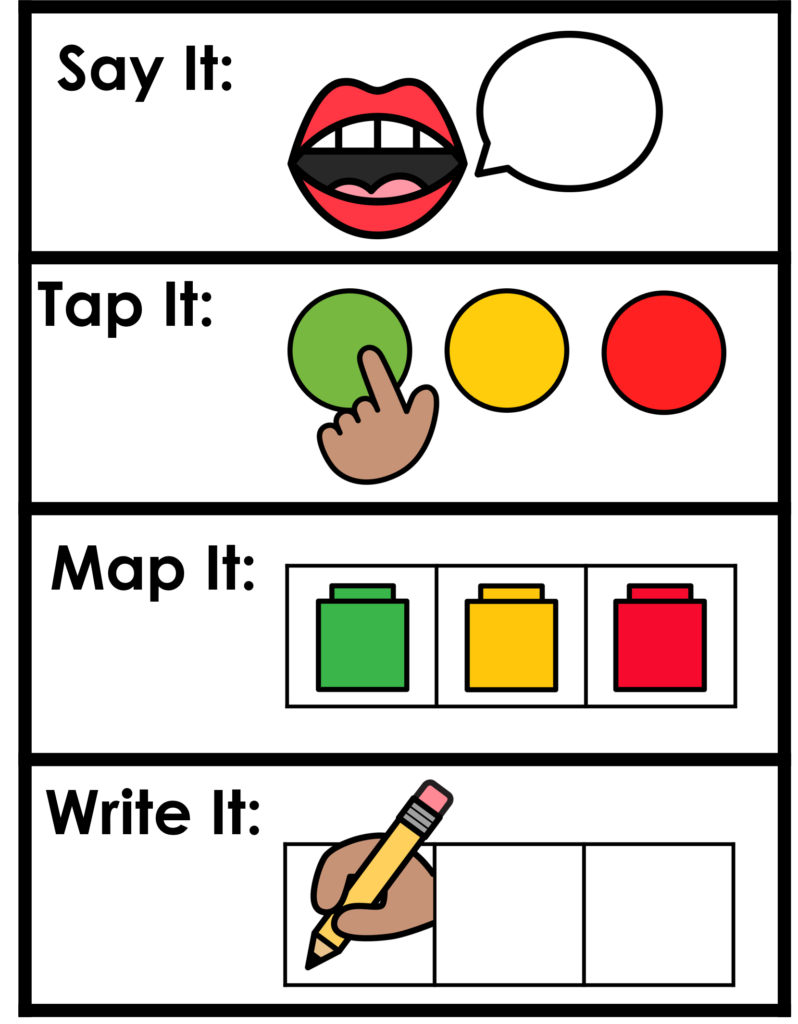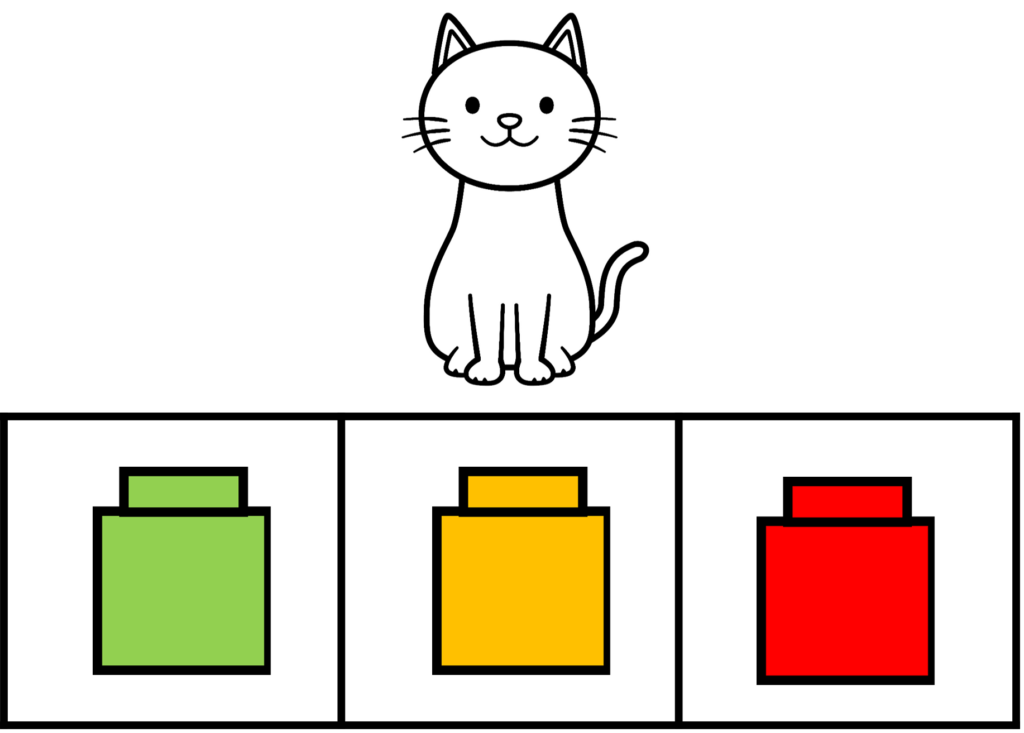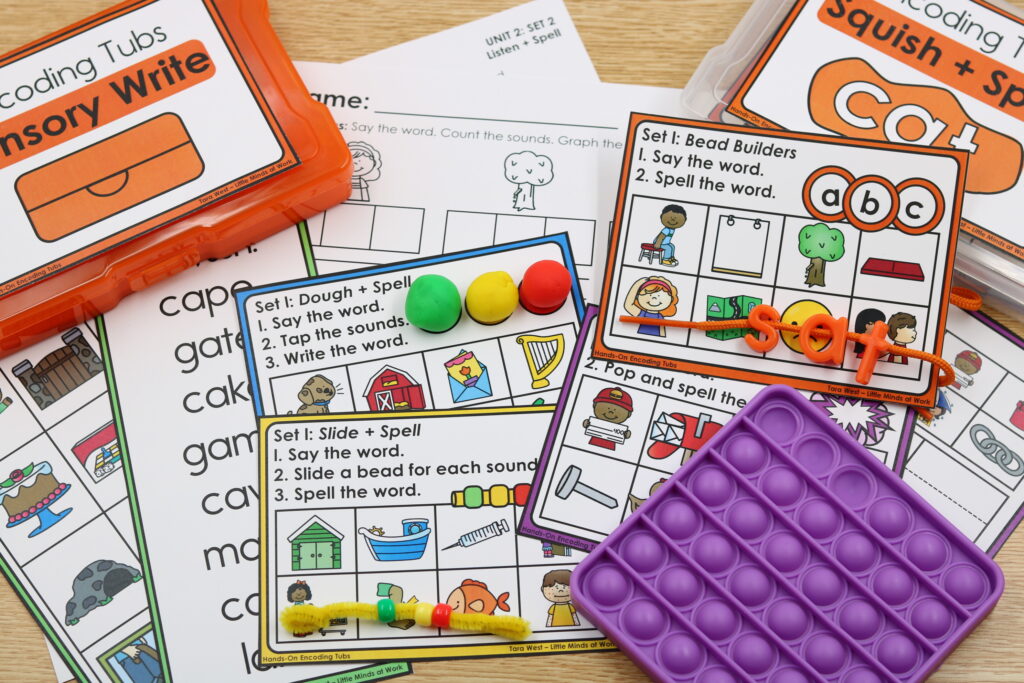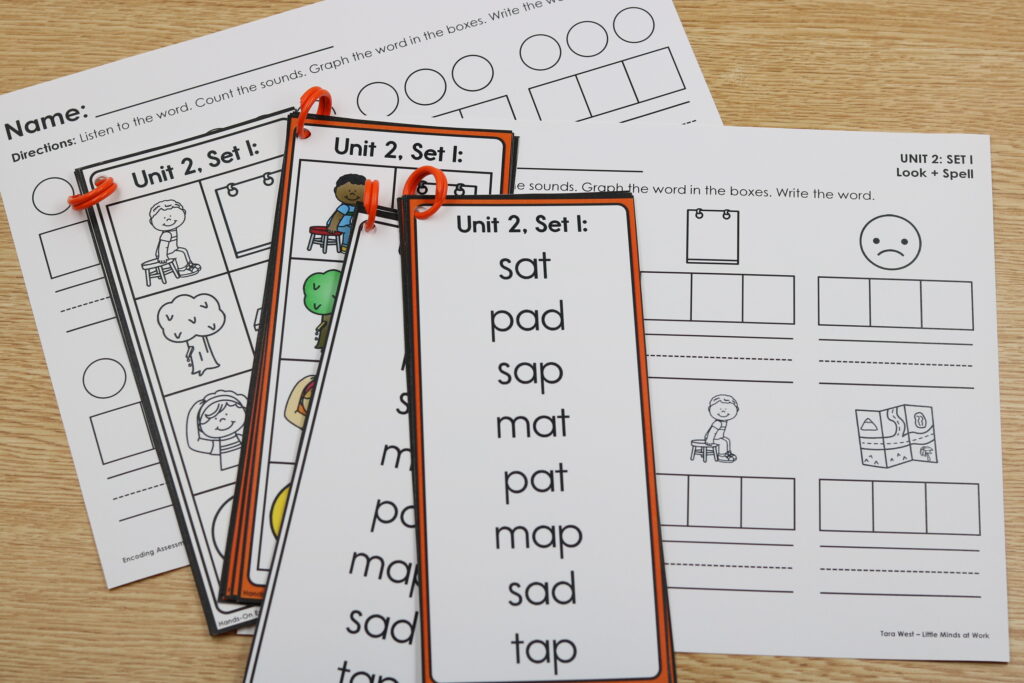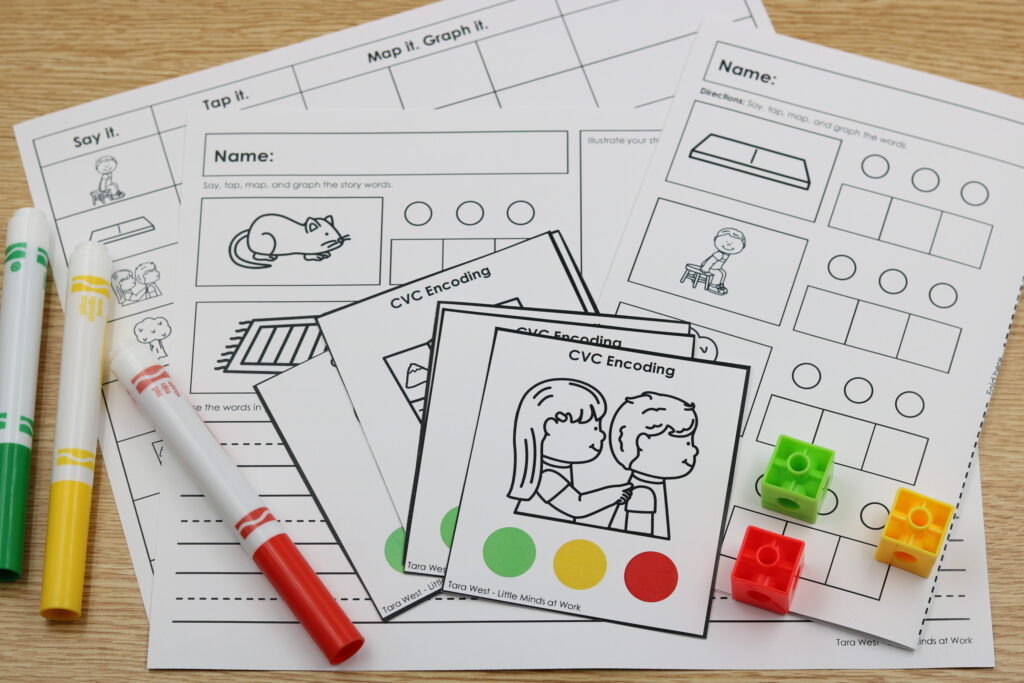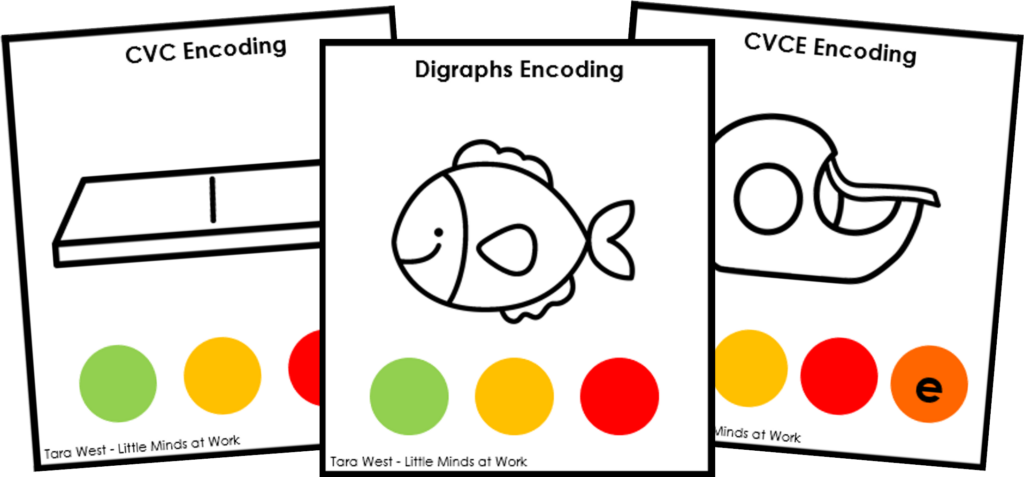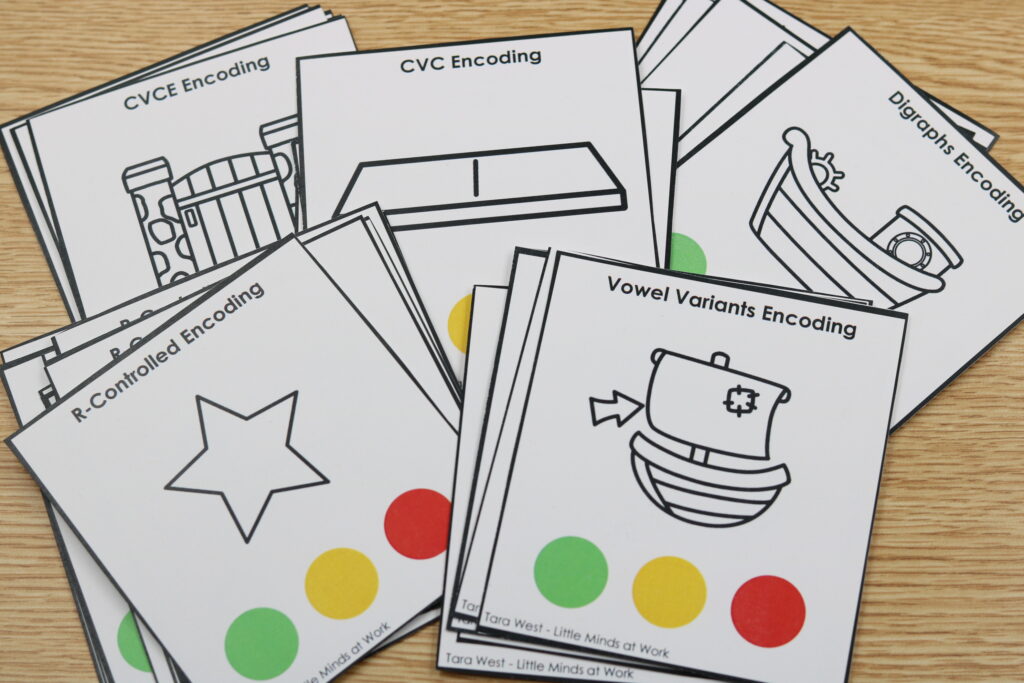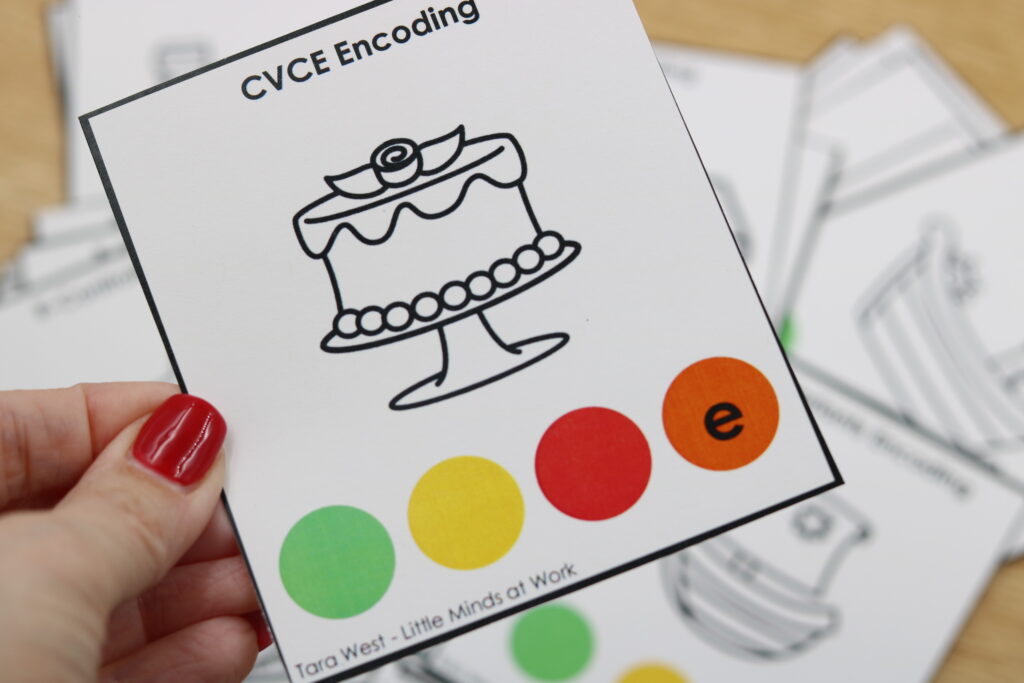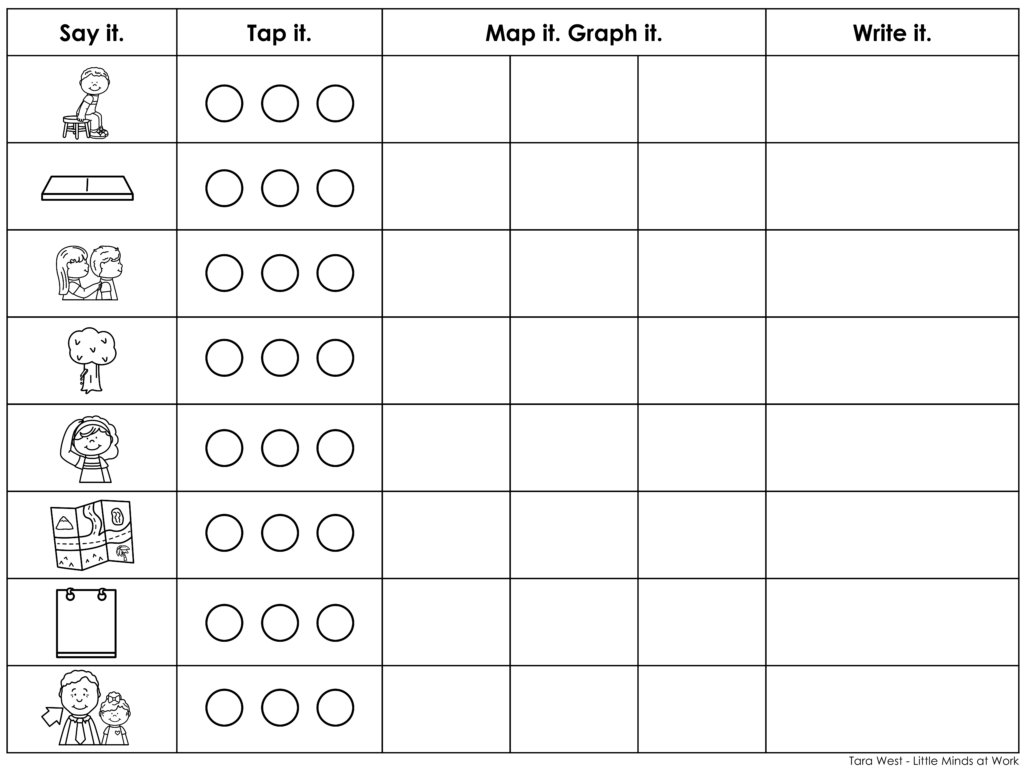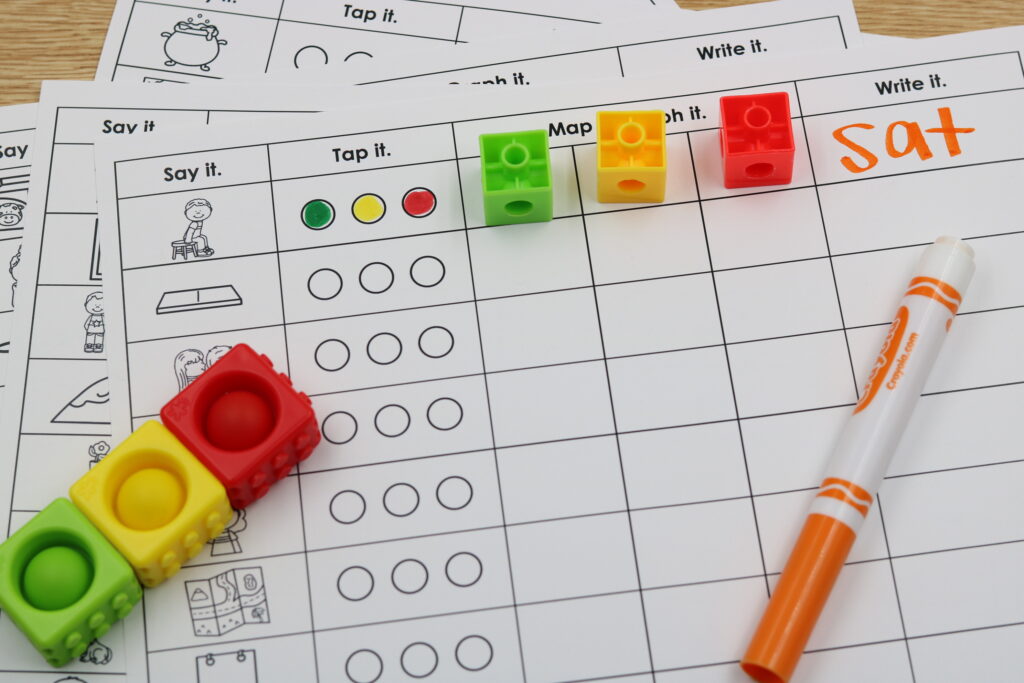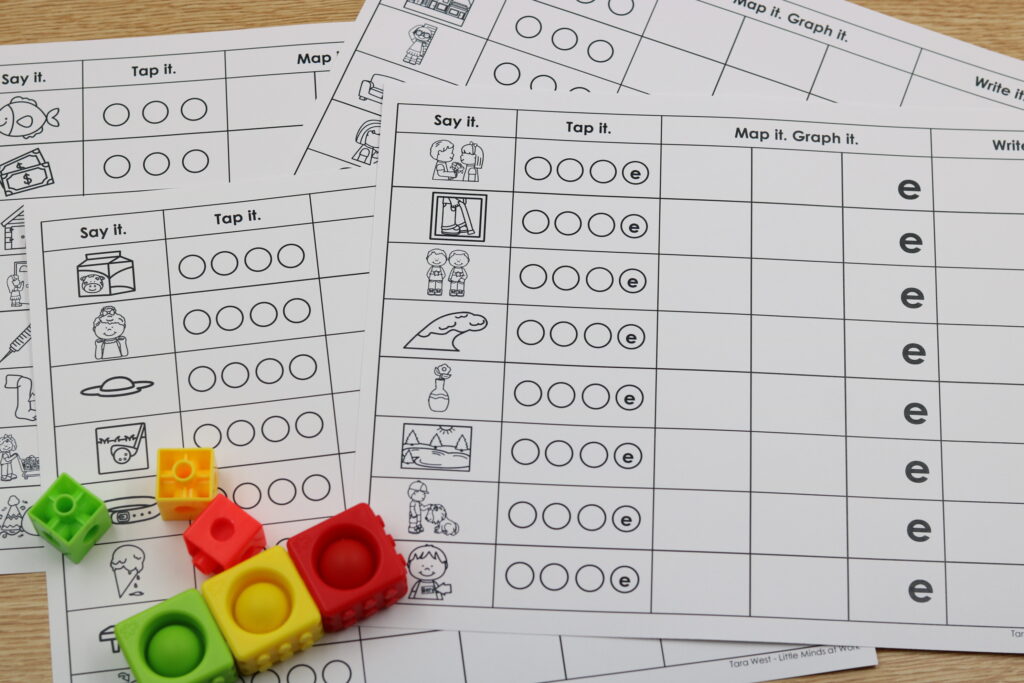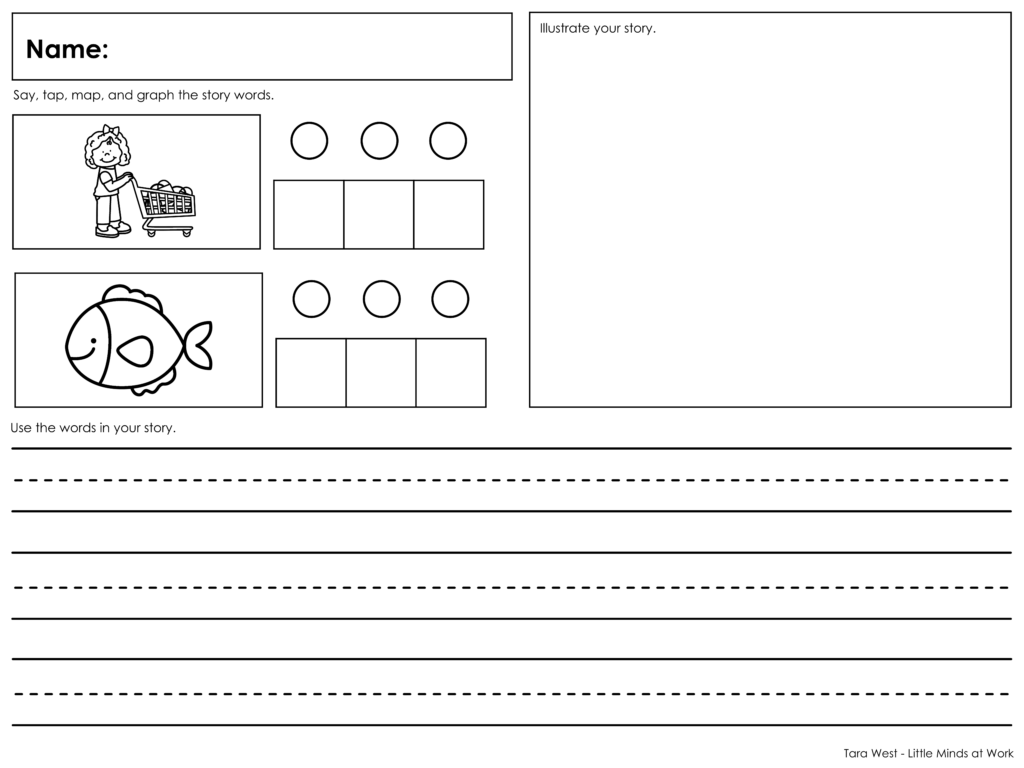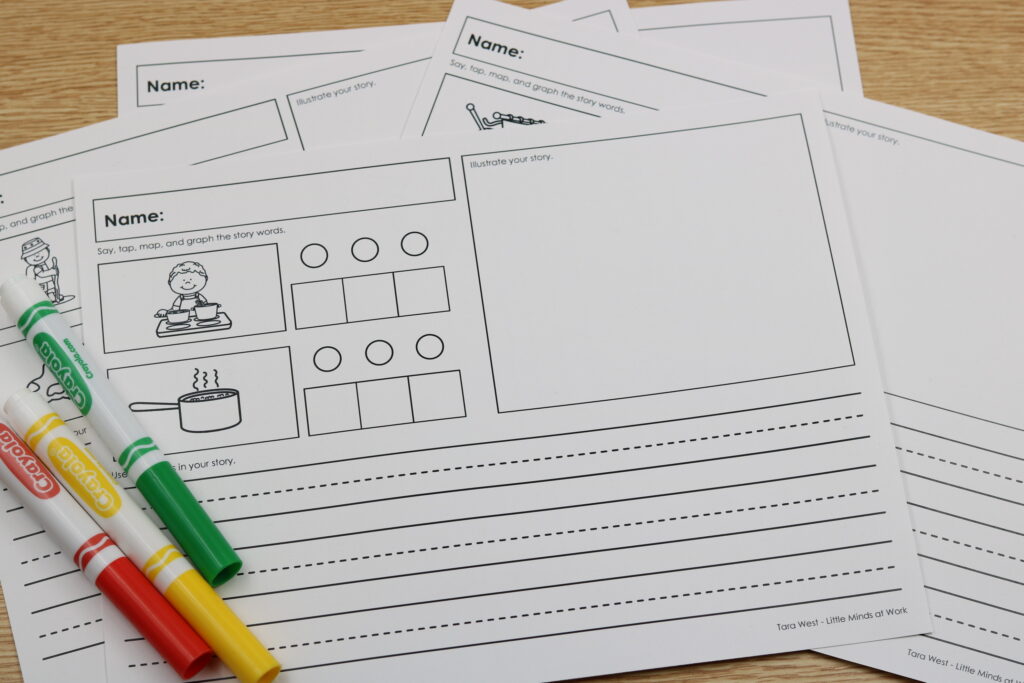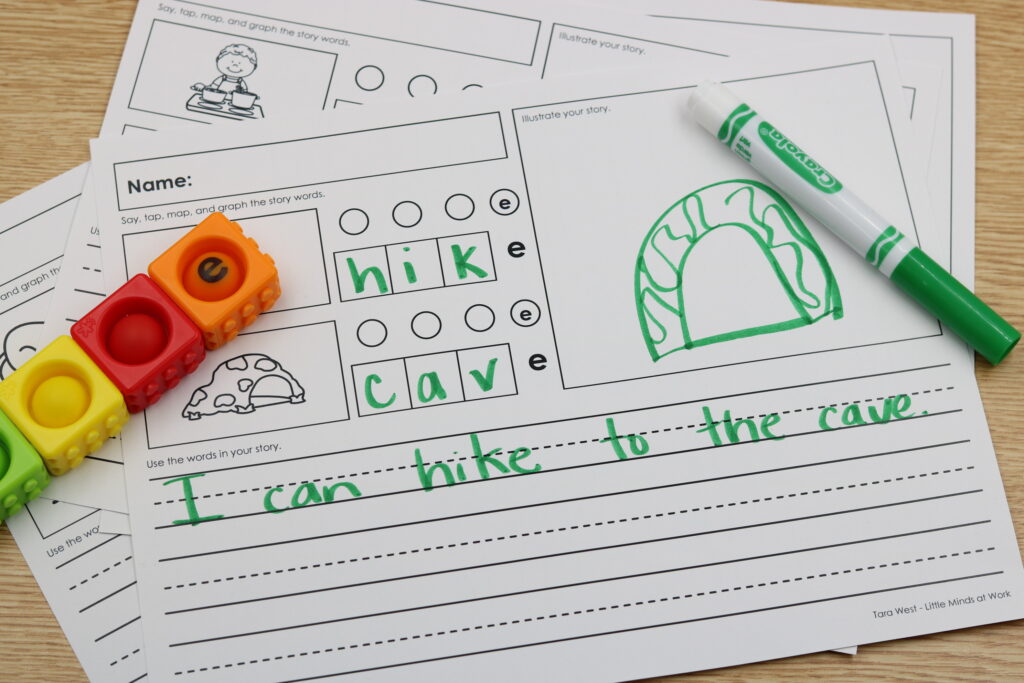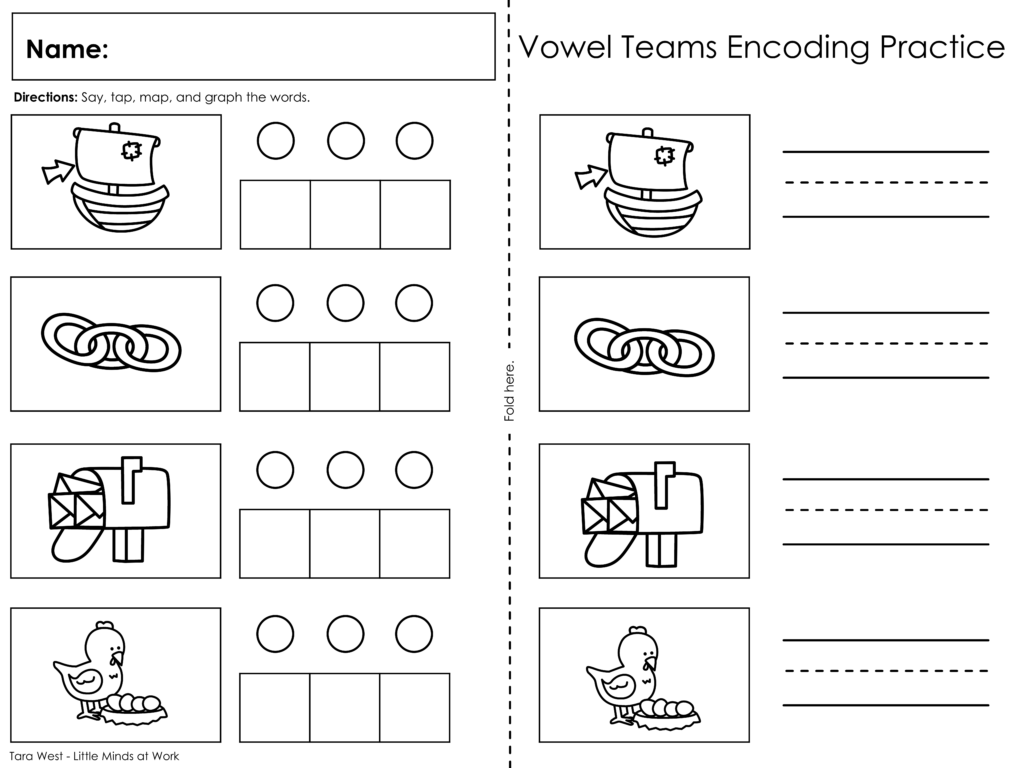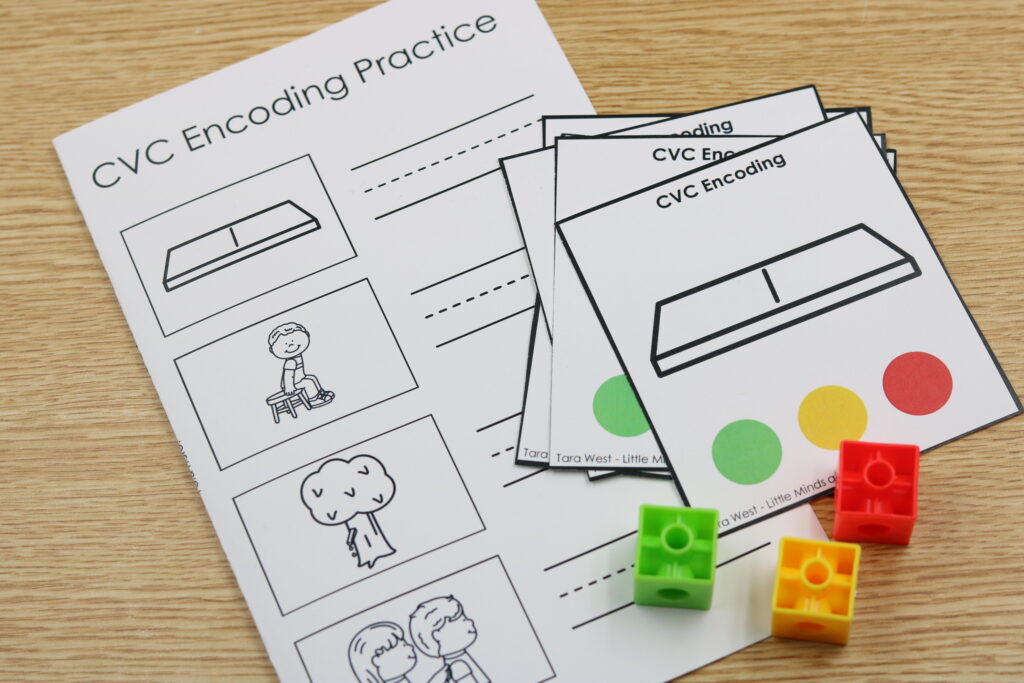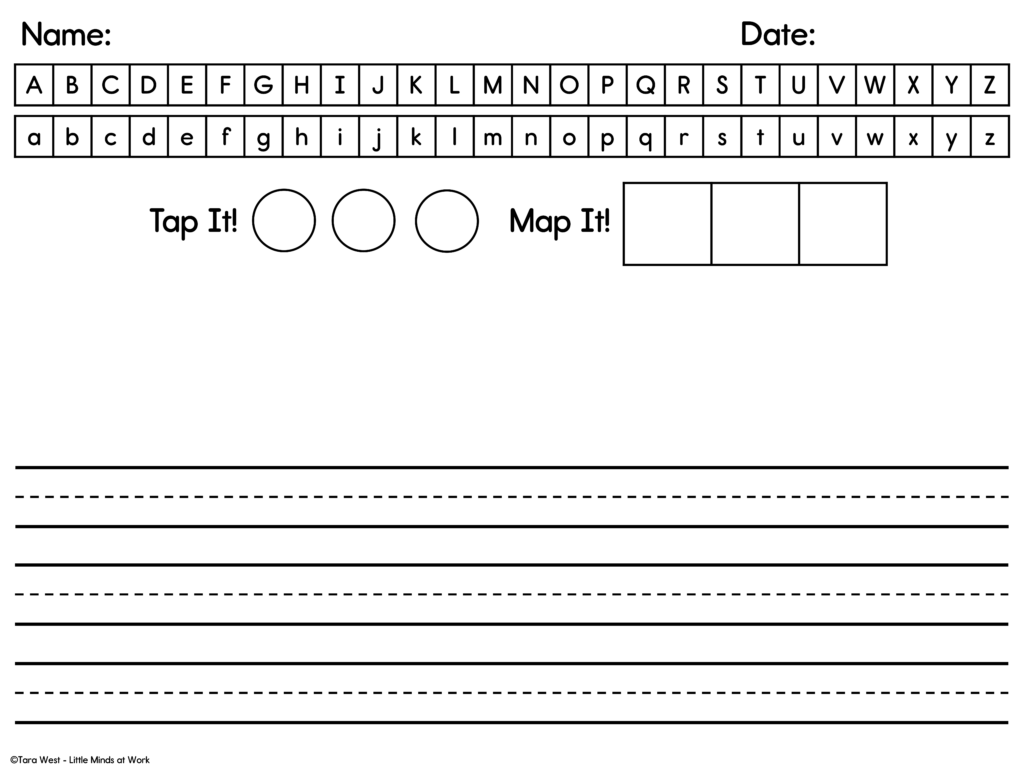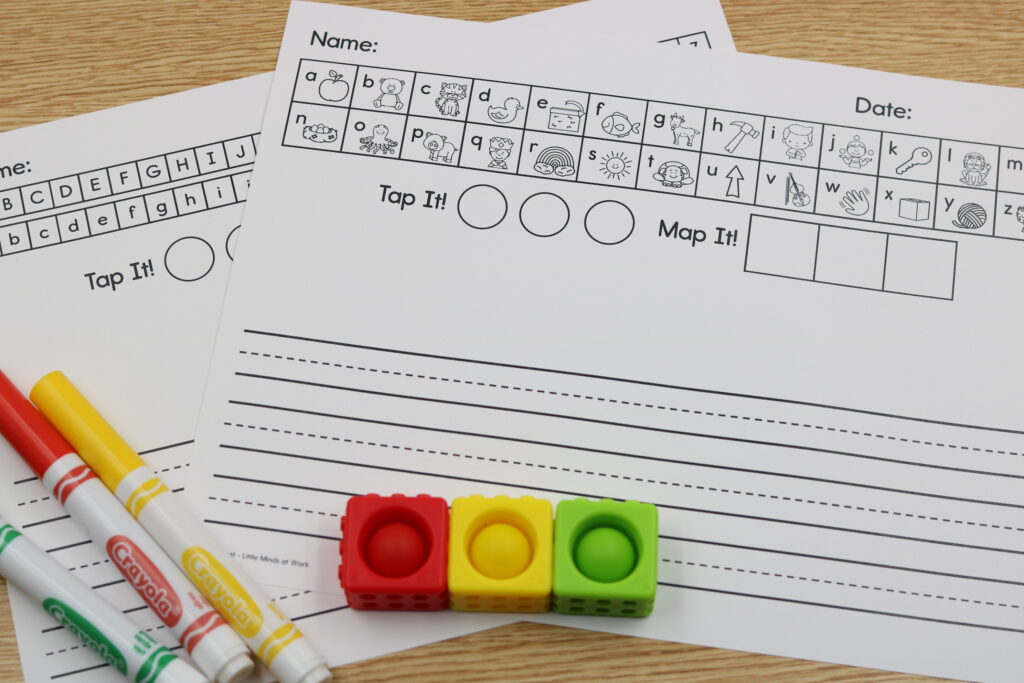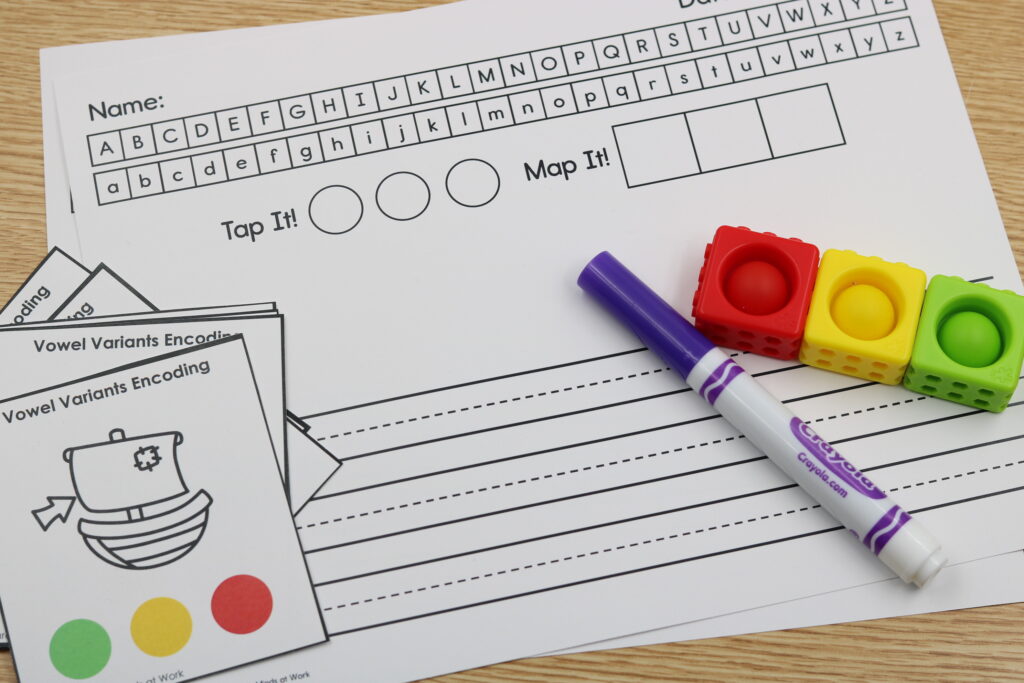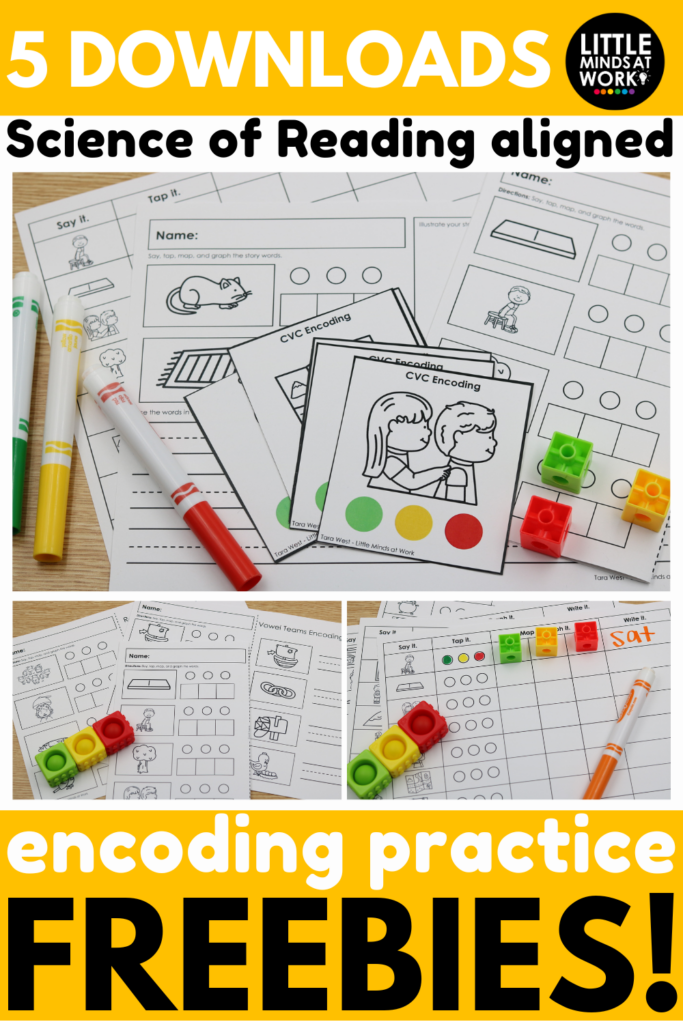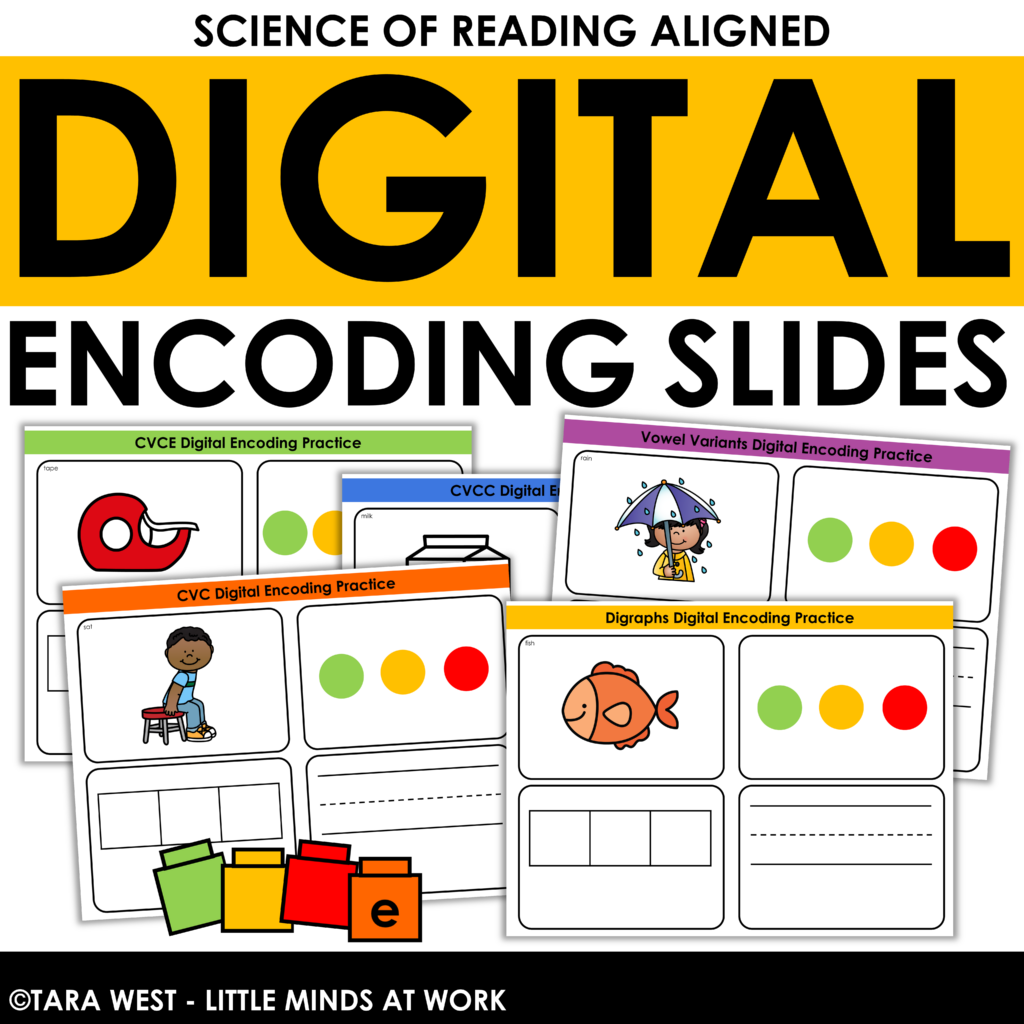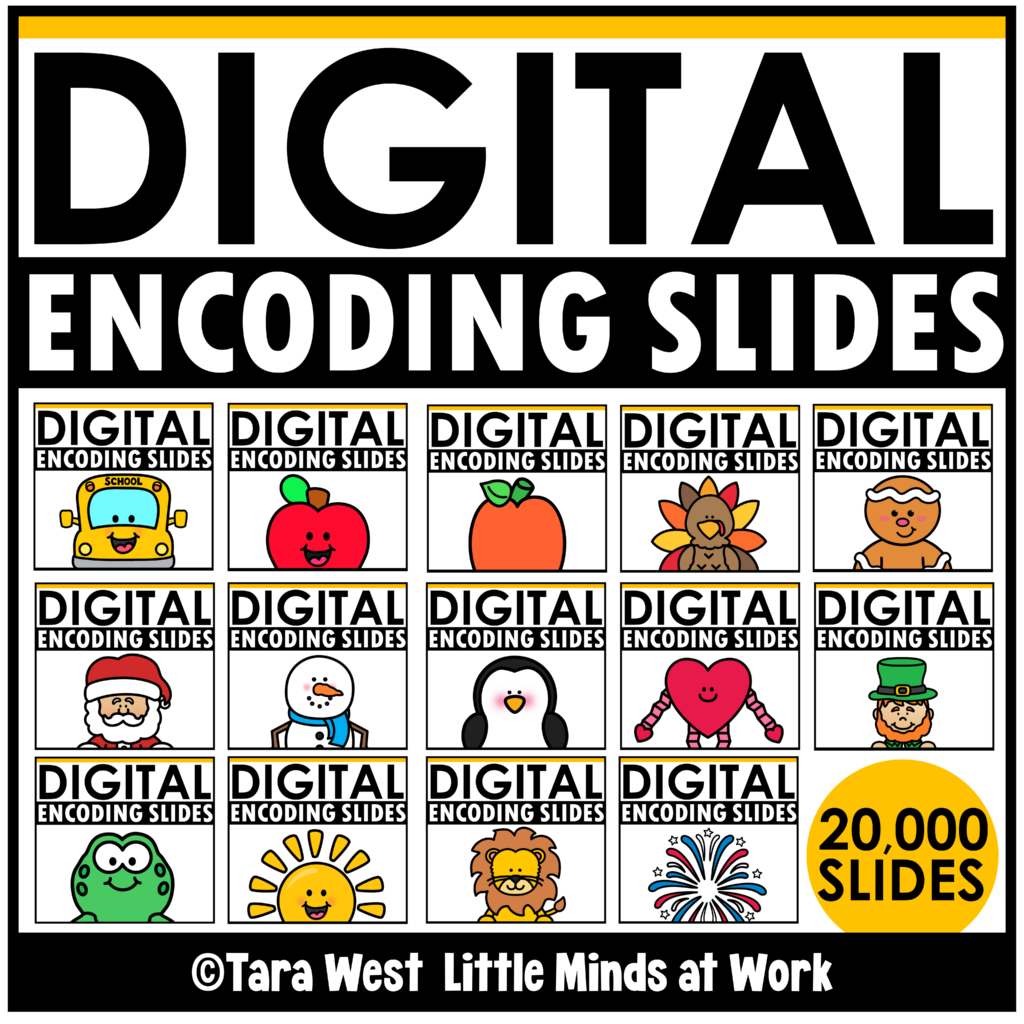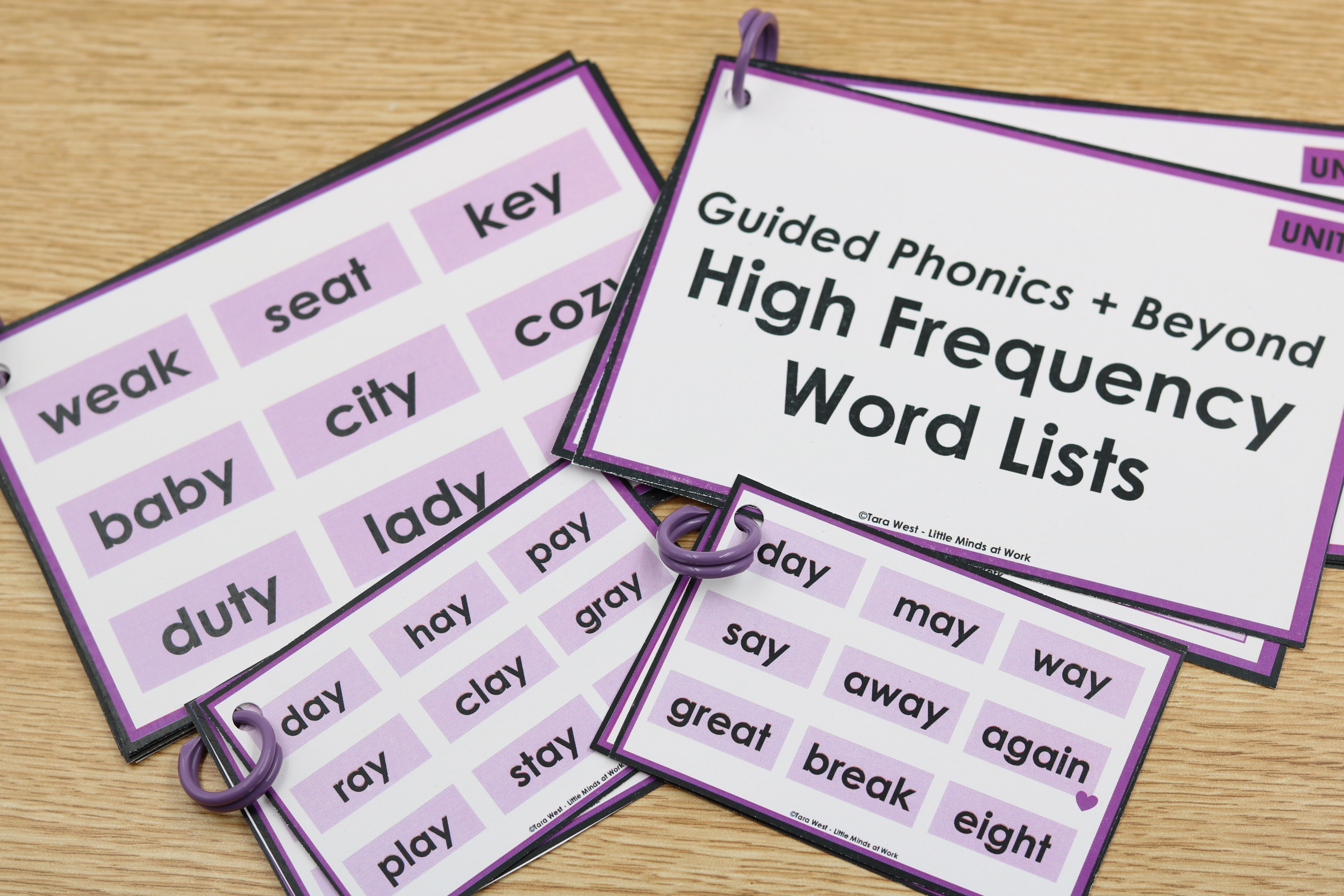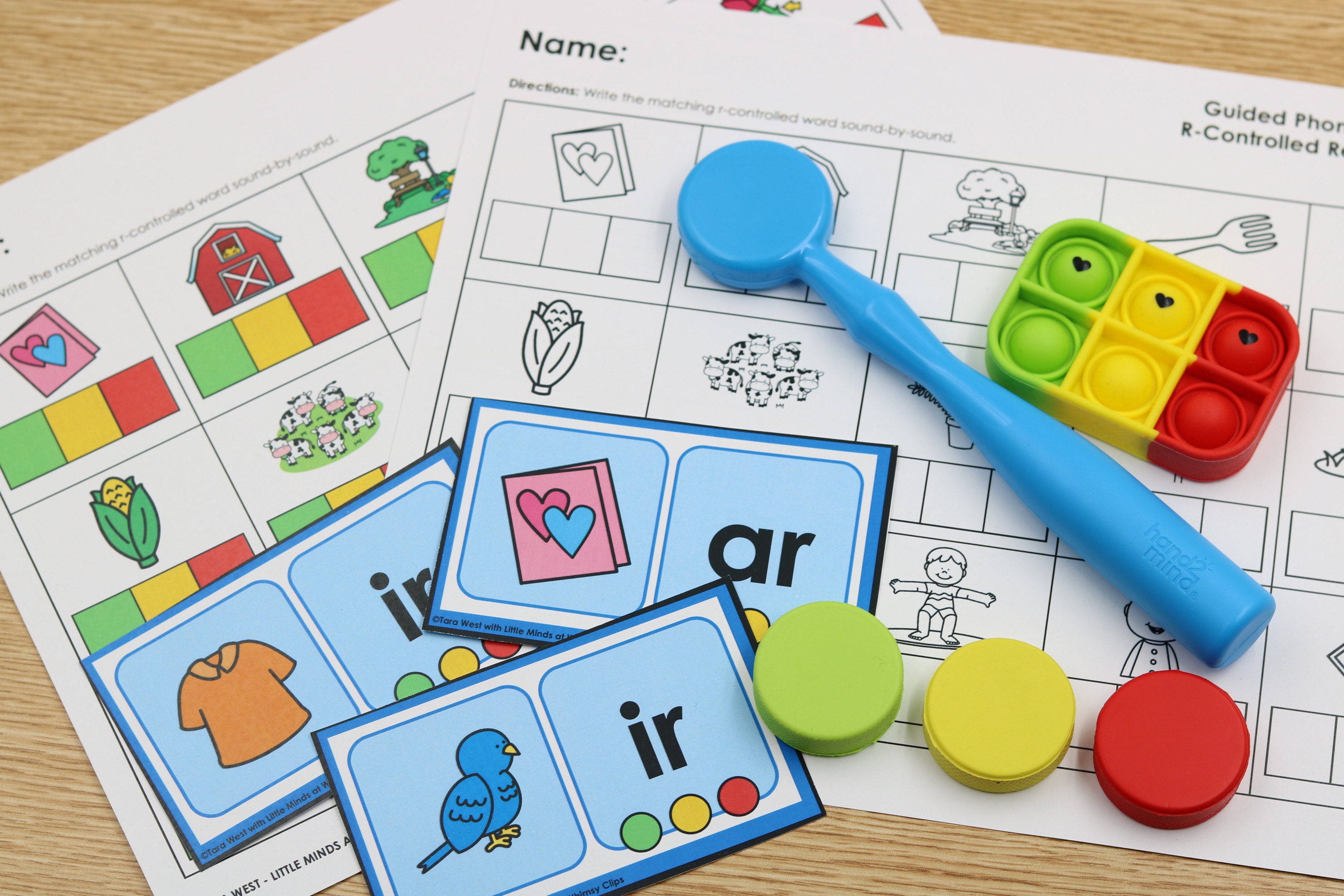If you're ready to take your phonics instruction to the next level, this blog post is for you. Today, I’m diving into the essential role of encoding in the Science of Reading. You’ll walk away with practical, research-based strategies for your classroom and five free downloads that you can start using immediately. These resources are designed to seamlessly integrate encoding into your teaching, saving you time while boosting student success.
What is Encoding, and How Does It Tie to the Science of Reading?
Encoding is the process of converting spoken language into written words by breaking words into their phonemes and mapping those phonemes to graphemes. It’s a cornerstone of phonics instruction and aligns perfectly with the Science of Reading, which emphasizes the interplay between phonemic awareness and phonics to develop strong literacy skills.
Research tells us that encoding is more than just spelling. It’s a direct application of phoneme-grapheme mapping, helping students internalize the sound-symbol correspondence necessary for reading and writing fluency. When paired with decoding (reading), encoding builds neural pathways that reinforce literacy skills. Let’s explore how encoding can transform your instruction—and how the free resources provided will simplify your implementation.
Decoding vs Encoding
Decoding refers to the process of converting written letters into their corresponding sounds, which is a crucial skill for reading. This involves children or learners recognizing letters and understanding how they form words. For example, when a child sees the word "bat," decoding allows them to break it down into the sounds of the individual letters: /b/, /a/, and /t/. This skill is foundational for literacy, as it enables individuals to make sense of written text and to pronounce words correctly, facilitating comprehension as they engage with various reading materials.
On the other hand, encoding is the reverse process, where sounds are translated into letters for the purpose of spelling. This involves taking the spoken sounds one hears and converting them into written form. For instance, when a child hears the word "cat," they use their knowledge of phonetics to determine that it consists of the sounds /k/, /a/, and /t/, and they then write it down as "cat." Effective encoding is vital for writing and helps learners express their thoughts and ideas in written words accurately.
Together, decoding and encoding are fundamental components of literacy development. Mastery of both skills allows individuals to read with fluency and write with clarity, supporting their overall communication abilities and contributing to their educational success. Engaging in activities that promote these skills, such as phonics exercises, reading practice, and spelling games, can greatly enhance a learner's proficiency in both areas.
The Steps to Encoding: Breaking It Down
Say It: Students begin by saying the name of the picture or word aloud. This step builds oral language skills and ensures clarity of word identification.
Tap the Sounds: Tapping out the sounds in a word activates phonemic awareness. Students isolate and count the individual phonemes, laying the groundwork for accurate spelling.
Map the Word in Sound Boxes: Using sound boxes, students visually map the phonemes. This step solidifies the connection between the sounds they hear and the letters (graphemes) that represent them.
Write the Graphemes: Finally, students write the corresponding letters in each box. By following this multi-sensory approach, they engage auditory, visual, and kinesthetic learning pathways.
I’ve also developed a color-coded system to make this process even more effective:
This visual cue helps students better differentiate and sequence phonemes, ensuring accuracy and fluency.
Encoding and Spelling: Moving Beyond Traditional Tests
Spelling tests often focus on rote memorization rather than understanding. Encoding, however, shifts the focus to phonemic awareness and application. While traditional spelling lists may no longer fit into a Science of Reading-based approach, encoding tests offer a meaningful alternative. They assess whether students can segment sounds, map phonemes, and accurately spell words—skills directly tied to reading proficiency.
Looking to make encoding even more engaging? Check out my Encoding Tubs & Lists product here. It provides hands-on materials and targeted word lists that align perfectly with this instructional approach.
Embedding Encoding into Your Classroom
Now that you understand the "why," let’s focus on the "how." Here are five easy ways to integrate encoding into your daily routine—each tied to the free downloads included in this post:
Phonics Skill Cards: Use the color-coded phonics cards included in the download. Each card features a picture, phonics skill, and color-coded dots for segmentation. These are great for small-group practice or as a quick warm-up during whole-group instruction.
Paper-and-Pencil Encoding Sheets: These worksheets guide students through saying the word, tapping the sounds, mapping the phonemes, and writing the graphemes. Perfect for whole-group instruction, small groups, or independent centers, these sheets reinforce all encoding steps in one activity.
Embedding Encoding into Your Classroom (continued)
Story Writing with Encoding: Students use the provided differentiated worksheets to say, tap, map, and write words. They then create a story using those words, complete with illustrations. This activity bridges phonics and creative writing, helping students apply encoding in meaningful contexts.
Interactive Fold-and-Flip Sheets: These sheets turn encoding into a hands-on experience. Students fold the page, tap and map the word sounds, then flip to write the word. Use these in phonics centers for a fun, self-guided activity.
Writing Practice with Manipulatives: The open-ended sheets allow students to tap out sounds using built-in dots and map them using sound boxes. Add manipulatives for an extra layer of engagement. These sheets are ideal for reinforcing phonics during writing time or as part of a small-group rotation.
Each of these activities ties directly to the Science of Reading by incorporating phonemic awareness, phonics, and application in a structured and engaging way.
Download Your Free Resources
Ready to get started? I’ve compiled all five of these resources into one convenient download. Click below to grab your freebies and start embedding encoding into your classroom today.
👉 Download Free Encoding Resources
By focusing on encoding, you’re equipping your students with the tools they need to become confident readers and writers. These free resources and practical tips will help you implement the Science of Reading in a way that’s both effective and easy to manage. Let’s unlock the power of encoding together! Do you need additional encoding resources? Check these out!
